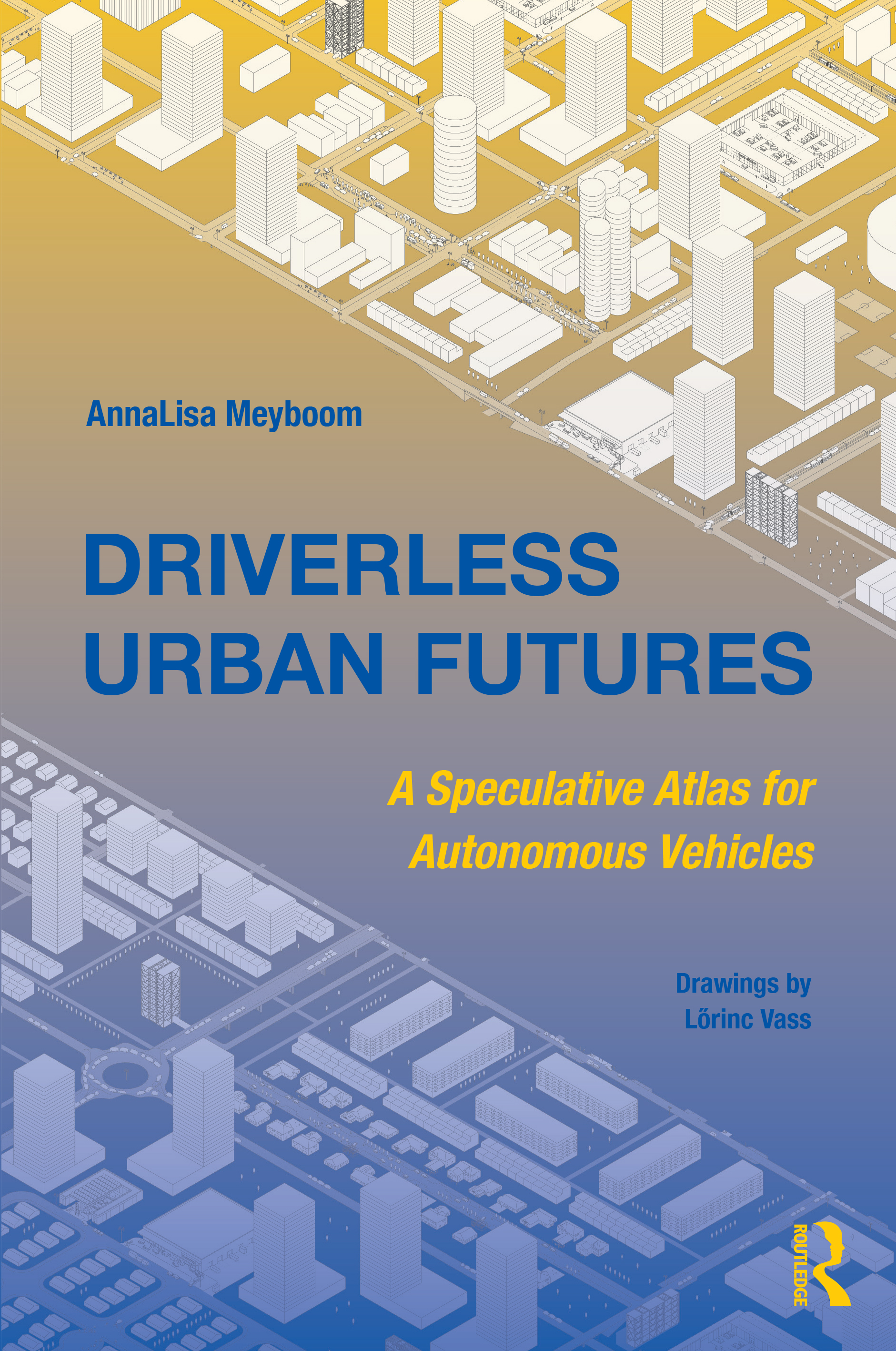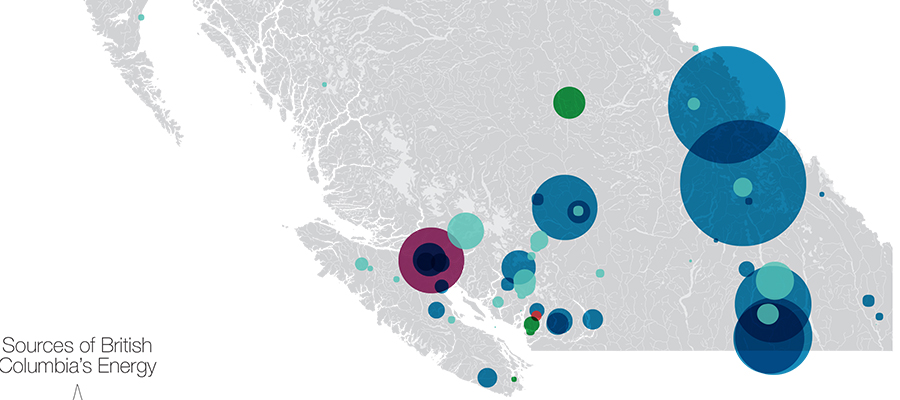This research looks at what is necessary to link alternative energies such as wind, solar and smaller run-of-river to Electric Vehicle (EV) charging. One of the problems of alternative energies is that they are on when the sun or wind or natural phenomenon is present but not necessarily when the power is needed and it is difficult to store this amount of energy. Since EVs contain large batteries, conceptually it should be possible to use those batteries to store alternative energies if it is convenient for the driver to charge at the time they are online. How can we facilitate this? This research looks at patterns in energy generation and EV charging and how they can be brought together through spatial, economic and behavioural methods.
The research team includes Curran Crawford at UVic, Jonn Axsen at SFU, Clay Howey at BCIT. The funding for the research is provided by a Natural Resources Canada ECO EII grant with contributions by BC Hydro and the Province of BC.
INTERFACE DESIGNS
One of the ways of integrating charging and renewable energy online is to use interfaces such as an app, an interface at charging infrastructure, an interface in the car or a home energy interface. This is not Utility Controlled Charging but rather Permitted Controlled Charging (PCC) when the owner of the EV allows the app or other interface to sync the charging to when the alternative energies are online.
Which type of interface would be more effective and what is the state of the art in design of these interfaces?
Read more in our report here: Persuasive User Interfaces
ENERGY PRODUCTION & CHARGING PATTERNS
The mapping of alternative energy production and charging patterns tells us how we need to change our charging behaviour in order to facilitate the use of alternate energies.
FUELLING EVs WITH RENEWABLE ELECTRIC ENERGY
ABSTRACT:
Renewable energy used for EV charging presents both the opportunity of harnessing energy from sustainable sources and the challenge of managing their varying levels of output. While unmediated charging demand profiles show that high charging demand peaks on a daily basis, energy from natural resources instead follows Seasonal Patterns of Highs and Lows. This situation calls for two strategies: the use of digital interfaces to match daily charging activity with available energy and the management of renewable sources to minimize seasonal fluctuations. Upon analysis of the various renewable sources and their energy profiles, run-of-river hydro and wind energy can be seen to have opposite seasonal trends. To maximize the potential of this correlation, more investigation is needed to compare the wind profiles of different regions. Wind energy generated in many regions at once may minimize the day-to-day variability of this source and increase power output so that it reaches levels comparable to run-of-river hydro power, thus mitigating seasonal fluctuations and increasing the capacity of sustainable energy sources to meet EV charging demands throughout the year.


